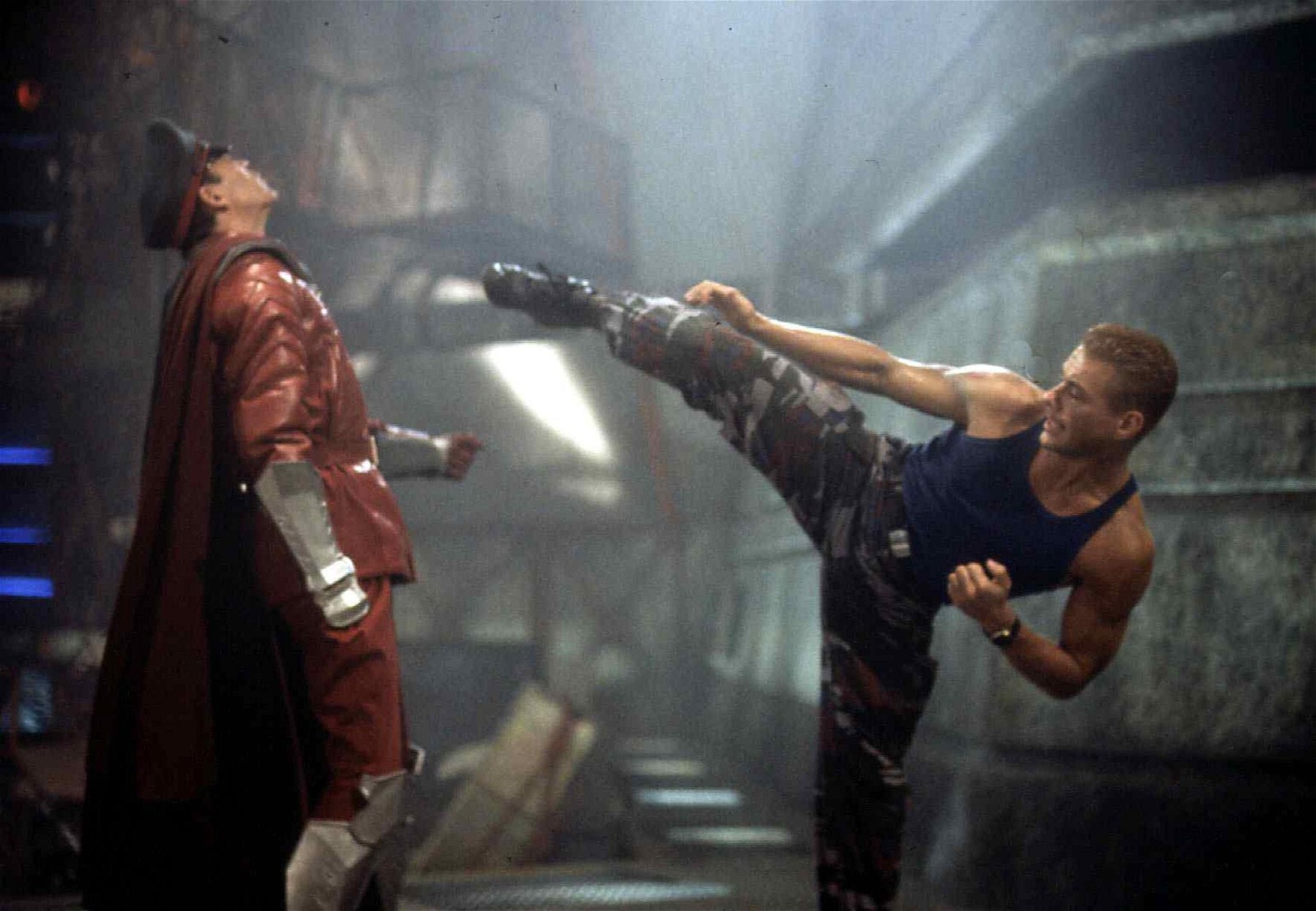In the early 1990s, Street Fighter II, an arcade game owned by the video game company Capcom, captured the attention of gamers all over the world with its colorful cast of characters engaged in martial arts combat. Hollywood came knocking on Capcom’s door, eager to cash in on the game’s brand after its massive success. Then comes screenwriter/director Steven de Souza, the writer/director of blockbusters such as Die Hard and Commando.
The creator had no idea he was about to become involved in a conflict involving a military coup, an expanding cast, and a self-destructing Jean-Claude Van Damme. The end result? The lack of money for training its actors in martial arts hurt the box office success of Street Fighter: The Movie, which critics widely panned.
When Jean-Claude Van Damme Was An Expensive Hire

Ed Pressman, a seasoned producer, saw the potential of turning the gaming into a movie and immediately thought of Steven de Souza as the person to contact. De Souza’s background in action-oriented media made him an ideal choice for the role.
His credits include numerous critically acclaimed films and television series. All of the pieces were in place for Street Fighter: The Movie. When Capcom first approached De Souza, he had bigger plans than making a movie about a tournament.
Suggested Article:“I just feel so guilty for all the lies”: Tom Holland Got Upset and Called His Mother After Being Forced to Constantly Lie About His $1.9 Billion Movie
He wrote an exciting adventure inspired by James Bond with a captivating plot and far-flung locales. Surprisingly, Capcom had similar ideas years earlier. At a meeting, they showed De Souza concept art of Bison, the game’s main villain, in his underground lair, à la James Bond.

Capcom, excited by the potential, gave their blessing, ushering in an exciting production. Unfortunately, problems quickly surfaced. With only $30 million and only 10 weeks to film, De Souza planned to use some of the budget on martial arts training for the actors.
This choice was made so that the fight scenes in the film would be realistic and exciting to watch. The project was supposed to have the help of renowned fight choreographer Benny “The Jet” Urquidez.

Throughout the casting process, Capcom was adamant that A-list actors be cast in the film. Jean-Claude Van Damme, fresh off his success in Timecop, was cast in the lead role of Guile. Having Van Damme as the film’s main attraction and the biggest action movie star worldwide was expensive.
“Now we had a couple of big stars in the cast but less money to make the movie. It meant all the other actors had to be really new names. That was fine, but we no longer had the money to hire them in advance for fight training. I said: ‘OK, we’ll film all the ‘people talking in rooms’ scenes early on, and while we’re doing those, the other characters will be off training.’ I thought, we’ll be filming for 10 weeks, so everyone will have three to six weeks of choreography on these fights. That was the plan.”
The villainous side was given more gravitas when renowned character actor Raul Julia was cast as Bison. On the other hand, his participation did not come cheap. With most of the budget going toward the two A-listers, there wasn’t much room to bring in lesser-known actors and give them proper martial arts training.
De Souza’s original 10-week shooting schedule could not include the choreography. The other characters were left to train independently, while the dialogue-heavy scenes were shot first.
Bringing In The Video Game Characters To Life
De Souza had to overcome additional challenges despite the limited resources available. One of the game’s fan favorites, Ryu, almost didn’t make it because Capcom meddled in casting. Byron Mann, a young Chinese-American actor, was De Souza’s first choice to play the part.
But Capcom was adamant about using a Japanese actor, Kenya Sawada, despite his limited English skills. De Souza devised an unusual solution to the conflict by casting Mann as Ryu and Sawada as a new character named Captain Sawada.

The production was already tense, and the tension behind the scenes didn’t help. The production hit a snag about halfway through shooting. All the characters seemed to use the same fighting style, making it clear that the fight scenes were repetitive.
The film’s credibility had been damaged, and the anticipated thrills and spectacle were in jeopardy. The December 1994 release of Street Fighter: The Movie was met with universally negative reviews. Its flat characters, dull action sequences, and choppy editing were all points of criticism.
Nevertheless, the film was commercially successful, largely thanks to its international appeal and the enduring appeal of the Street Fighter franchise.
Source: The Guardian
Also Watch:

